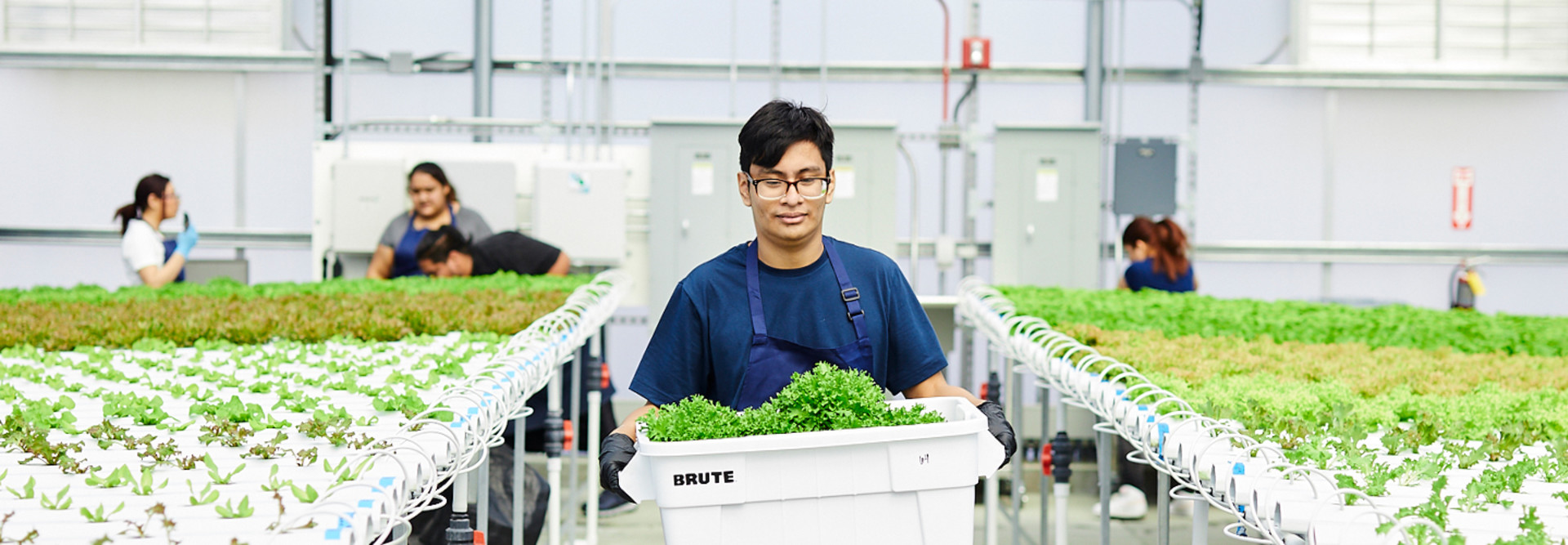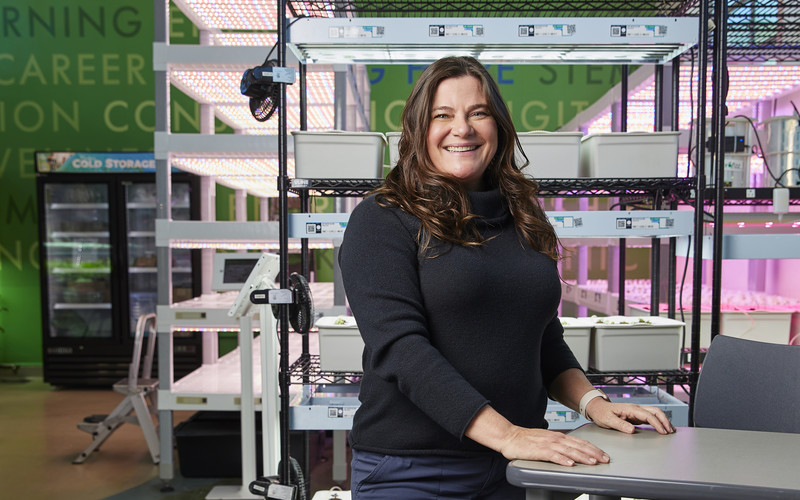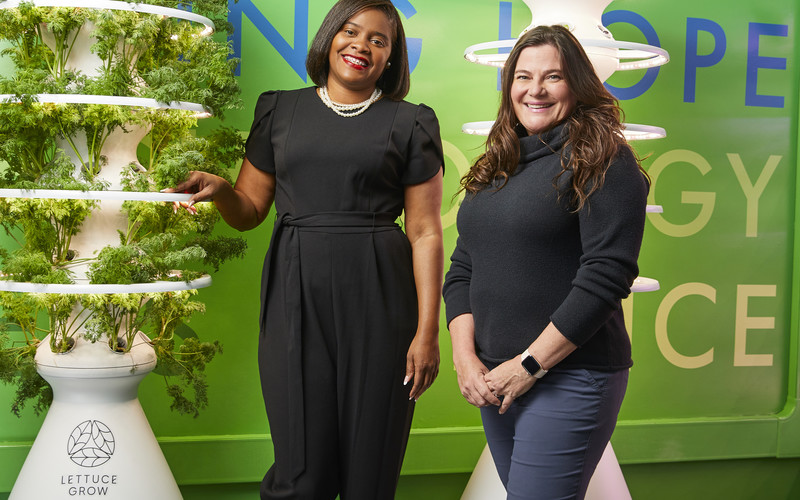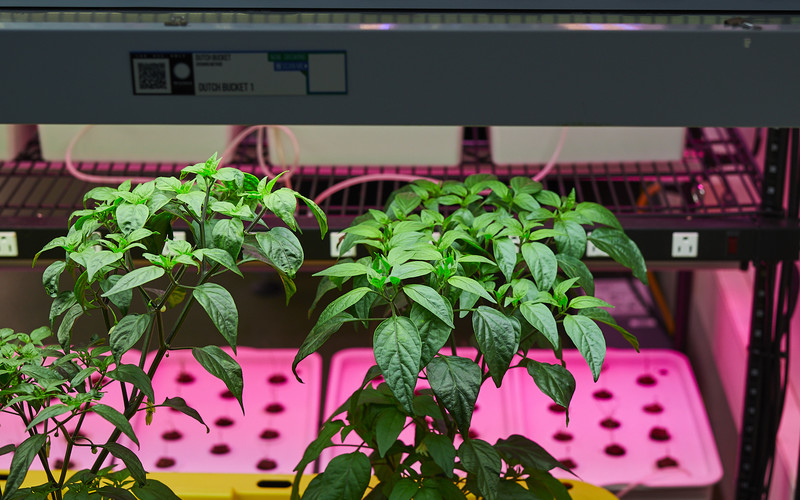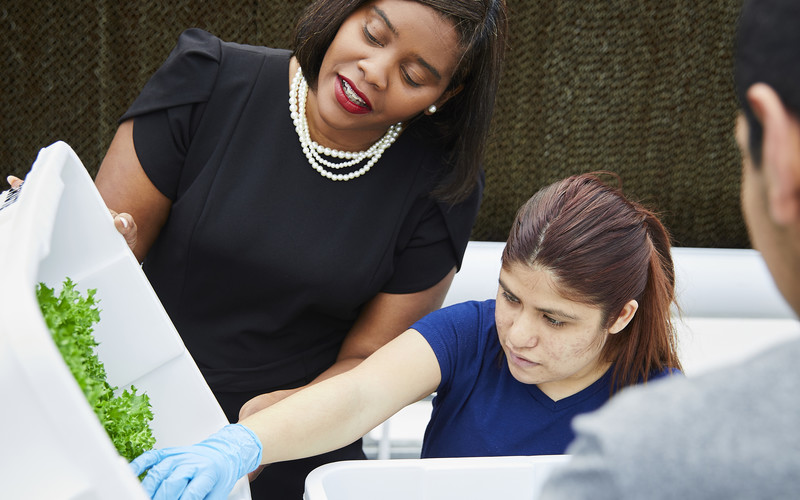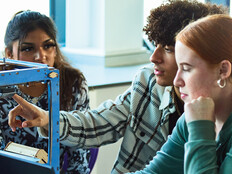“These skills are transferable,” Pastuschek says. “When students are learning to maintain high-end, expensive equipment, that’s transferable to other industries like technology, nutrition, healthcare and hospitality. It’s not just limited to being a farmer or working with hydroponic systems.”
Having these options is important because though a September 2011 report from the National Center for Special Education Research found that after high school — 85 percent of young adults with disabilities go on to employment, postsecondary education and/or job training — their options may be limited.
The disability advocacy group The Arc, says many adults with intellectual or physical disabilities “have been placed in ‘prevocational’ programs and ‘disability-only’ workshops where they are paid below minimum wage and have little expectation of moving into jobs where they work alongside people without disabilities.”
This is why it’s important for such students to participate in programs like those in San Bernardino, which allow them to stretch and grow. Pastuschek says these students make up under 5 percent of the student population that participates in the school’s business and technology career pathway program. This means that when it comes to sharing information about the program with the rest of the student population, her students with disabilities are leaders for the greenhouse program. This is what helps them grow and learn outside their comfort zones.
Dr. Howana Lundy, director of the district’s special education department, says it’s “amazing” to see the students’ command of the high-tech growing environment.
“Our students don’t always have an opportunity to be in leadership roles,” Lundy says. “When they develop these specialized skills, it allows them to be leaders and really helps with their confidence.”
Click the banner to unlock a curated content experience when you sign up as an Insider.



